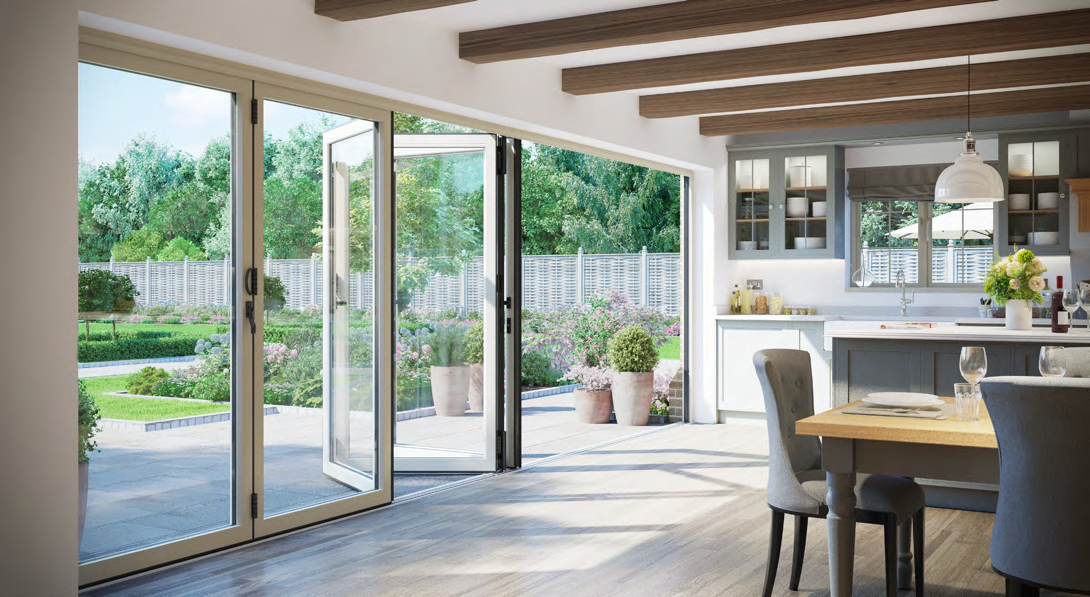The Comprehensive Guide to Residential Window InstallationWindows are more than just openings in the walls; they play an essential role in the aesthetics, energy effectiveness, and comfort of a home. Whether you’re changing old windows or setting up new ones, comprehending the ins and outs of residential window installation is essential for homeowners. This article provides an extensive summary, consisting of types of windows, the installation procedure, costs, and frequently asked questions. Types of Residential WindowsBefore diving into the installation process, it is important to understand the kinds of windows available. Each type provides unique benefits, features, and designs. Here are a couple of typical types of residential windows:TypeDescriptionAdvantagesSingle-Hung WindowsFeatures a set upper sash with a movable lower sash.Cost-effective and simple to operate.Double-Hung WindowsBoth sashes are operable, enabling adaptability in ventilation.Improved air flow and easy cleaning choices.Sash WindowsHinged at the side and opens outward, providing exceptional ventilation.Terrific energy efficiency and unblocked views.Moving WindowsFunctions 2 or more sashes that slide horizontally.Easy to open and close, ideal for bigger areas.Awning WindowsHinged on top and opens outside, permitting ventilation even in rain.Secures interior from rain while allowing air flow.Bay and Bow WindowsExtends external from the home, developing a nook and improving visual appeals.Adds space, light, and visual interest.Understanding these ranges will make it easier to choose windows that meet both energy efficiency and visual needs.The Installation ProcessInstalling windows in a residential setting includes several actions. Here’s a thorough summary:1. Preparation
Types of Residential WindowsBefore diving into the installation process, it is important to understand the kinds of windows available. Each type provides unique benefits, features, and designs. Here are a couple of typical types of residential windows:TypeDescriptionAdvantagesSingle-Hung WindowsFeatures a set upper sash with a movable lower sash.Cost-effective and simple to operate.Double-Hung WindowsBoth sashes are operable, enabling adaptability in ventilation.Improved air flow and easy cleaning choices.Sash WindowsHinged at the side and opens outward, providing exceptional ventilation.Terrific energy efficiency and unblocked views.Moving WindowsFunctions 2 or more sashes that slide horizontally.Easy to open and close, ideal for bigger areas.Awning WindowsHinged on top and opens outside, permitting ventilation even in rain.Secures interior from rain while allowing air flow.Bay and Bow WindowsExtends external from the home, developing a nook and improving visual appeals.Adds space, light, and visual interest.Understanding these ranges will make it easier to choose windows that meet both energy efficiency and visual needs.The Installation ProcessInstalling windows in a residential setting includes several actions. Here’s a thorough summary:1. Preparation
- Procedure Window Openings: Accurate measurements are vital to make sure the new windows fit appropriately.
- Pick the Right Windows: Select window types and styles that complement the home’s architecture and fulfill efficiency needs.
2. Elimination of Old Windows
- Get Rid Of Interior Trim: Gently pry off the trim around the window to expose the frame.
- Remove the Window Sashes: If appropriate, remove the sashes by cutting away any caulking or paint seals.
- Get rid of the Frame: Cut through fasteners holding the window frame, then thoroughly eliminate the whole unit.
3. Preparation of the Opening
- Inspect and Repair: Check for any damage to the surrounding wall or structure and repair as required.
- Add Insulation: Install insulation to improve energy efficiency and reduce drafts.
4. Installing the New Window
- Position the Window: Place the new window into the opening, ensuring it is level and square.
- Secure the Window: Anchor the window in location utilizing screws or nails.
- Examine for Proper Operation: Before sealing, test the window to guarantee it opens and closes easily.
5. Sealing and Finishing
- Insulate and Fill Gaps: Use foam insulation to fill gaps between the window frame and the wall.
- Caulk: Apply outside caulk around the perimeter of the window to seal versus water infiltration.
- Reinstall Trim: Once whatever is secure and dry, re-install the interior trim to complete the appearance.
6. Last Inspection
- Make sure that all installations are functional, and carry out a final look for spaces or drafts.
Cost ConsiderationsThe cost of residential window installation can vary widely based upon a variety of elements consisting of window type, size, labor costs, and material choices. Here is a simplified breakdown of potential expenses:Type of WindowTypical Cost (Including Installation)Single-Hung₤ 300 – ₤ 700Double-Hung₤ 400 – ₤ 800Casement₤ 500 – ₤ 1,000Sliding₤ 300 – ₤ 900Bay and Bow₤ 1,000 – ₤ 3,000Aspects Affecting Costs
- Product: Vinyl windows are usually cheaper than wooden or fiberglass alternatives.
- Window Features: Custom sizes, energy-efficient glazing, and extra functions will increase price.
- Professional vs. DIY: Hiring professionals can assure quality but may add significantly to costs.
Often Asked Questions (FAQs)1. What is the very best time to install windows?
- Spring and early fall are ideal for window installation due to the fact that of moderate temperature levels and lower humidity, which ensure optimal conditions for sealing and curing materials.
2. Can I set up windows myself?
- While experienced DIY property owners can manage installation, working with a professional ensures proper installation and warranty protection.
3. How do I keep my windows after installation?
- Routine check-ups, cleaning tracks, utilizing suitable window cleaners, and inspecting for drafts can prolong the lifespan of your windows.
4. What are energy-efficient windows?
- Energy-efficient windows include materials and innovations created to minimize heat transfer and minimize energy costs. Try To Find ENERGY STAR rankings for assurance.
5. The length of time does window installation take?
- Setting up a standard-sized window typically takes 30 minutes to an hour. Bigger projects may take a complete day or more, especially for multiple windows.
Understanding the intricacies of residential window installation can assist property owners make informed decisions, ensuring their homes remain comfortable, energy-efficient, and aesthetically attractive. Whether going with professional services or starting a DIY job, correct planning and execution will substantially boost the home’s total worth and function. Picking the best kind of windows, following a systematic installation process, and thinking about long-term maintenance will cause long lasting benefits for any property owner.
